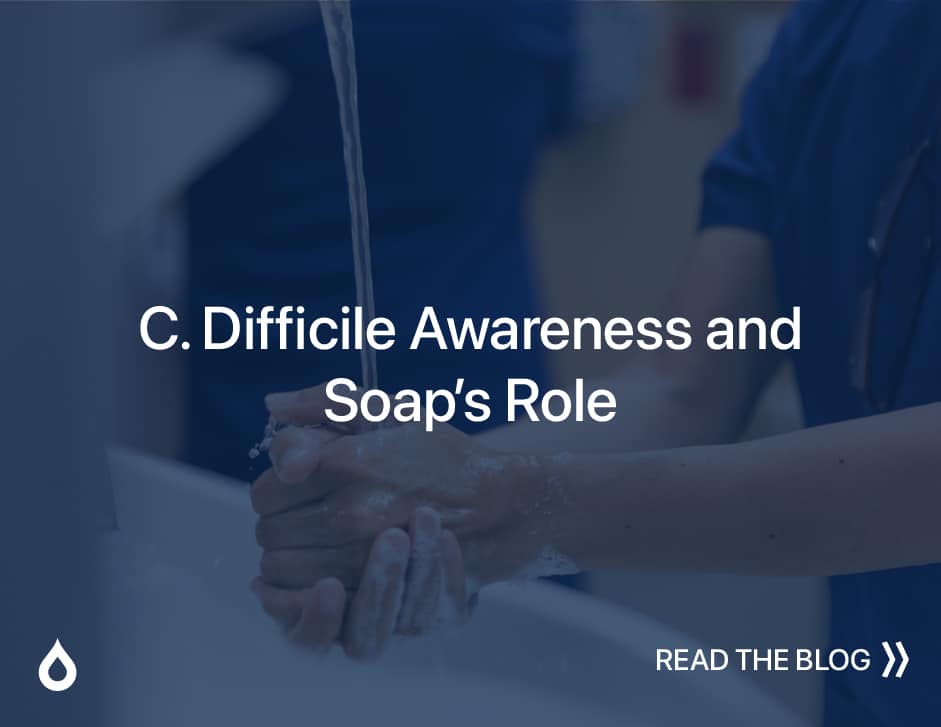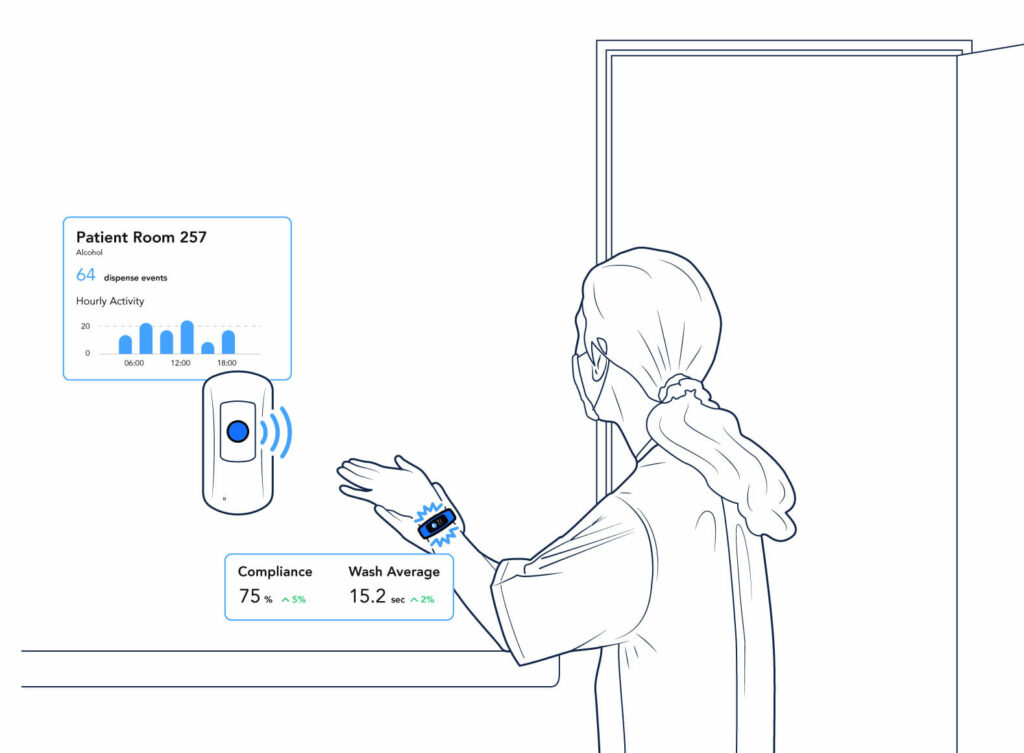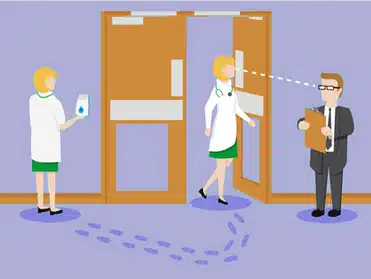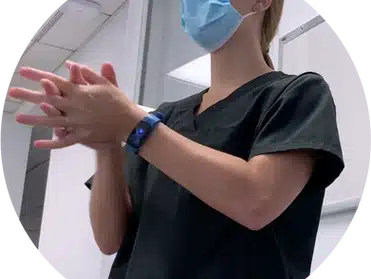C. Difficile Awareness and Soap’s Role
Understanding C. Difficile and Soap’s Role November is C. difficile Awareness Month, a time to reflect on the progress made in combating this challenging healthcare-associated infection (HAI) and to reinforce best practices for prevention. According to the CDC’s 2023 HAI Progress Report, healthcare settings across the United States have achieved continued reductions in Clostridioides difficile […]
C. Difficile Awareness and Soap’s Role Read More »










